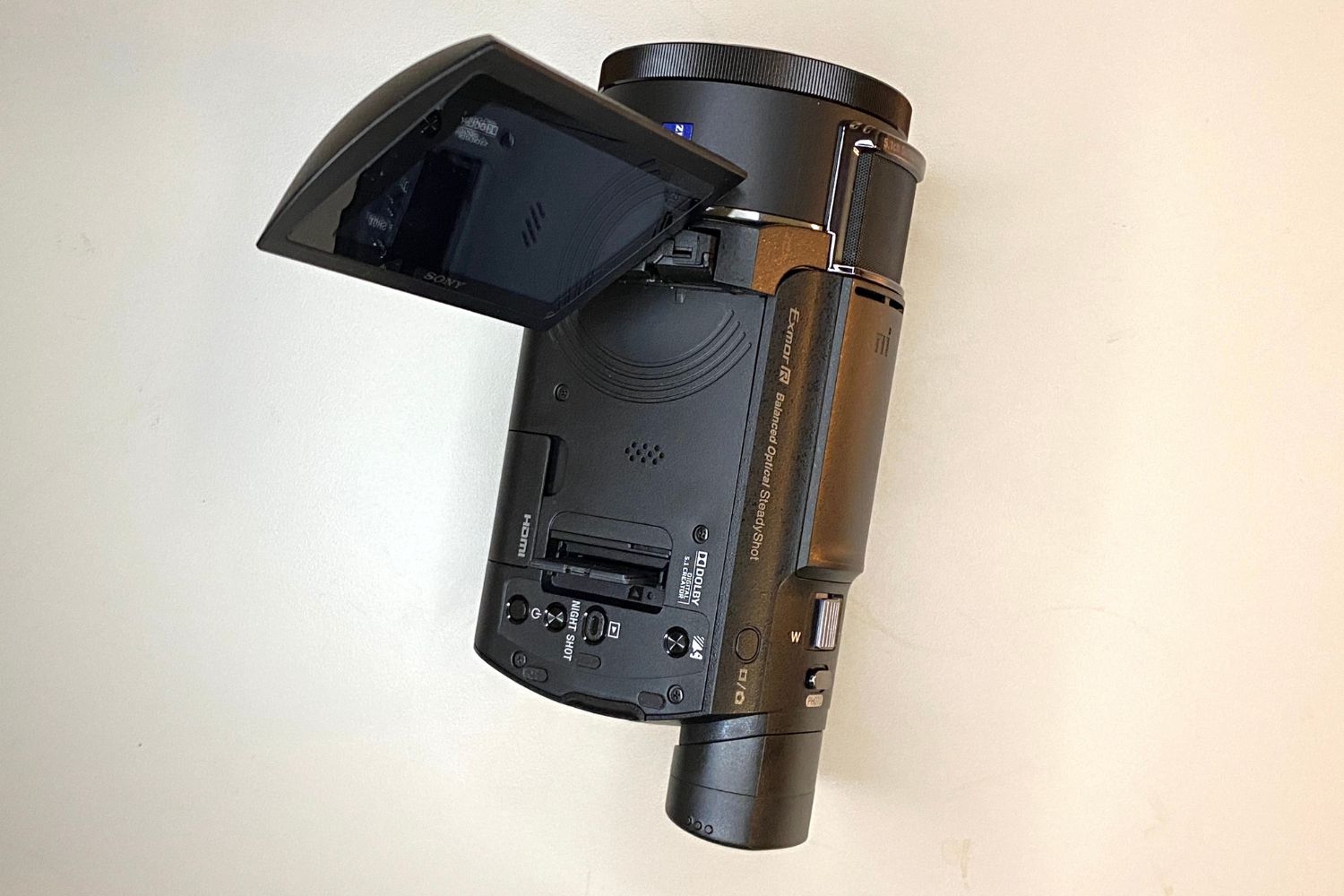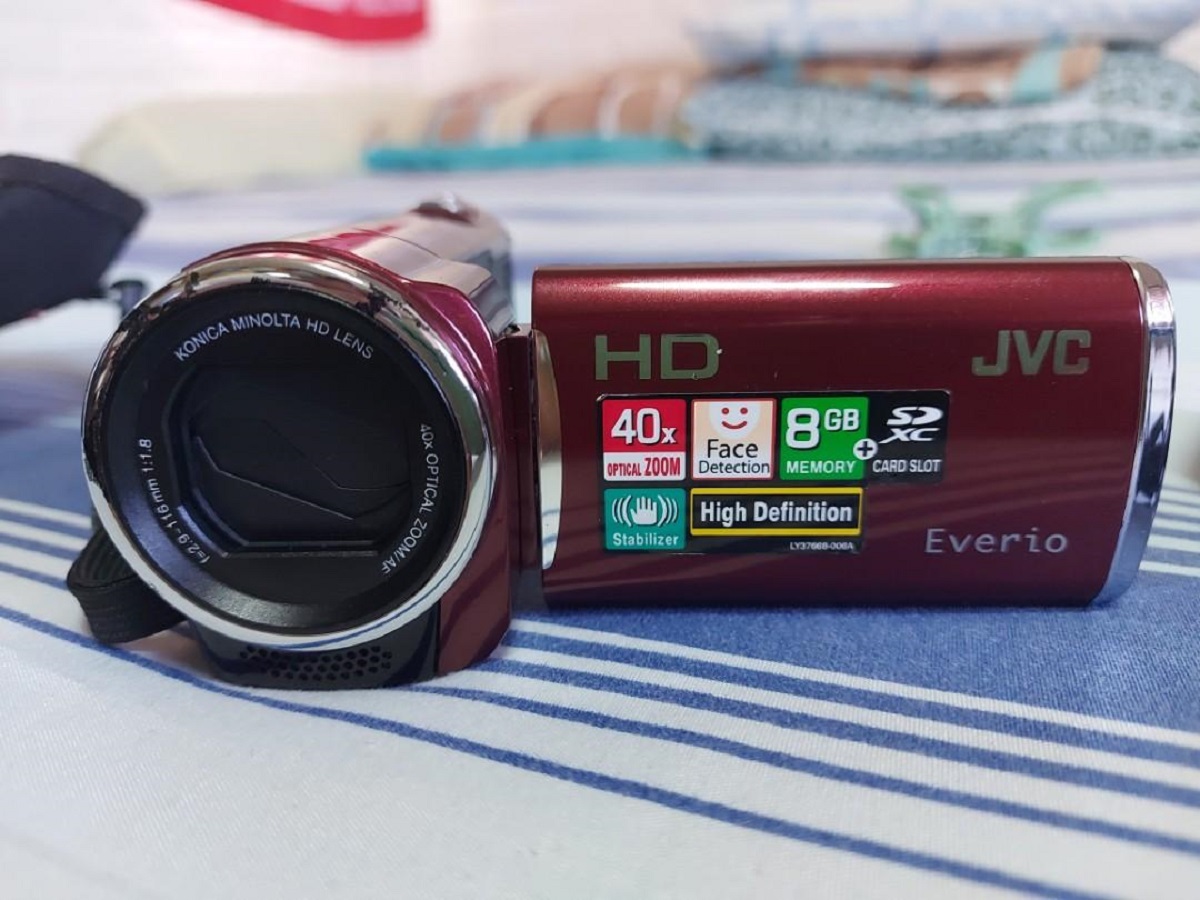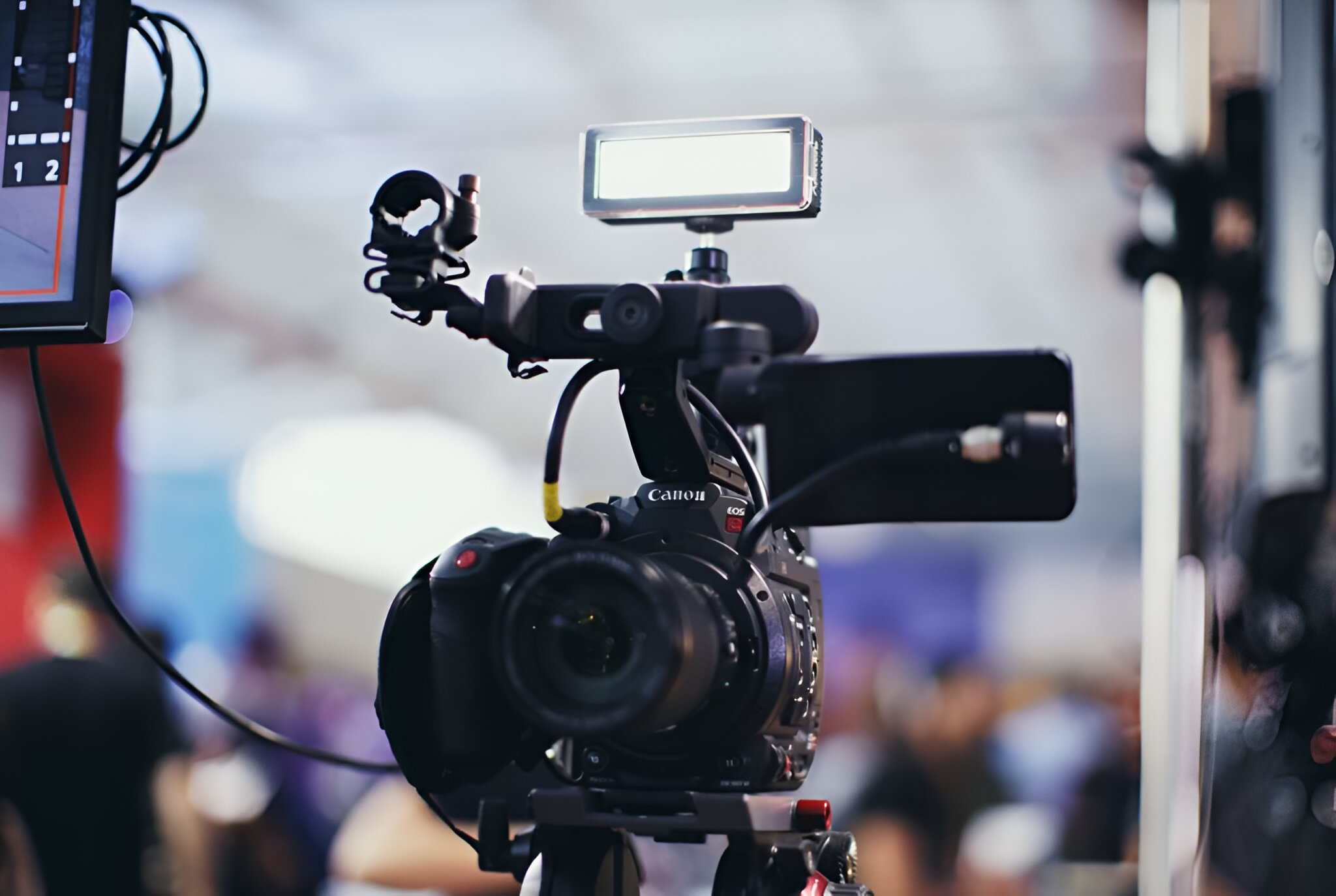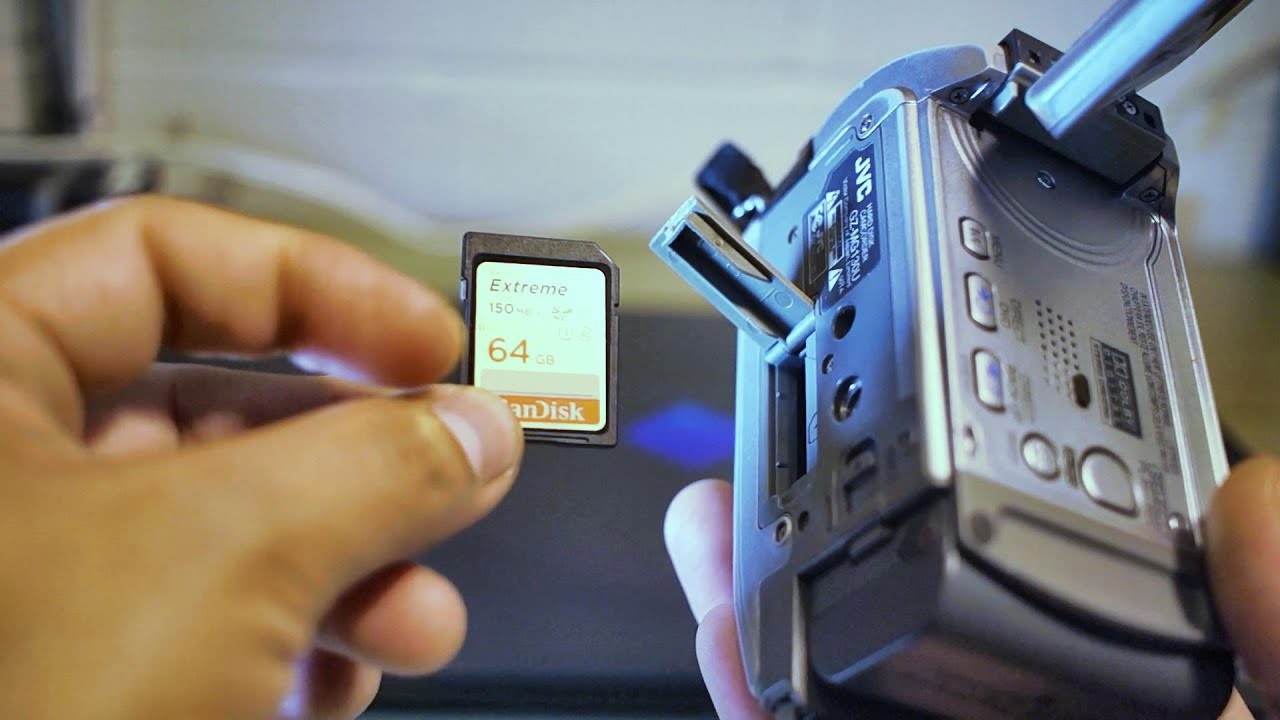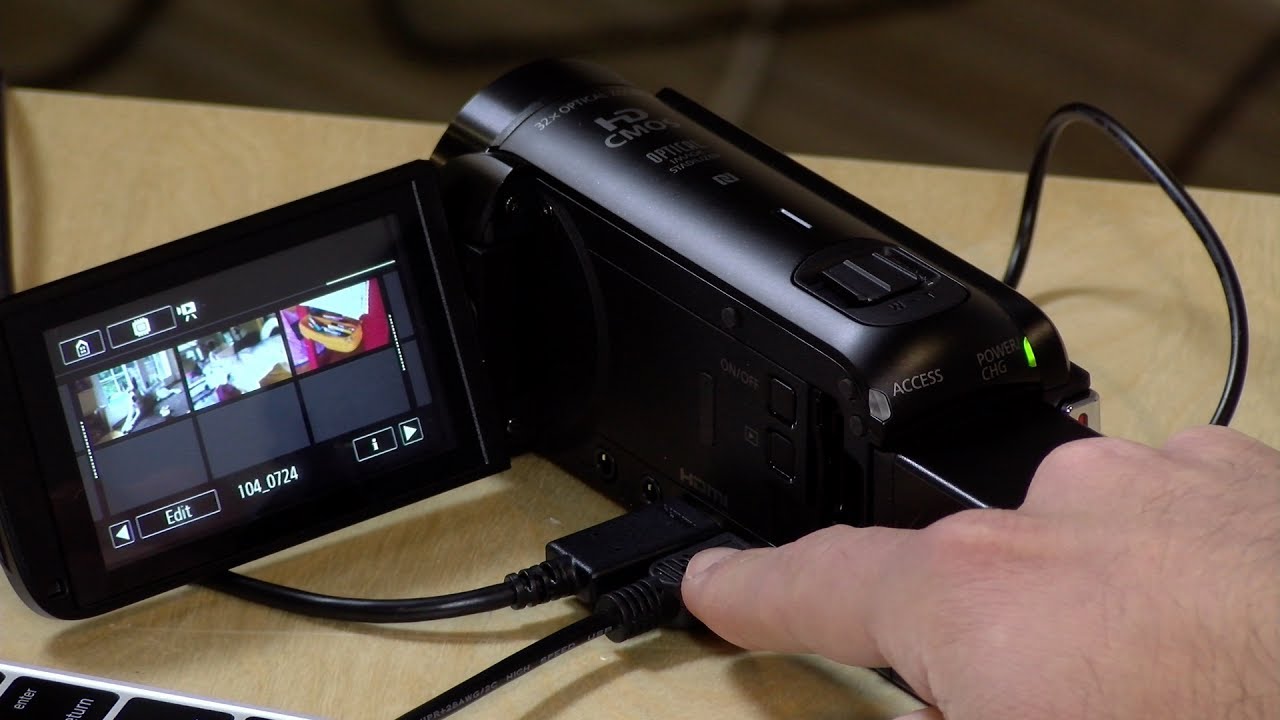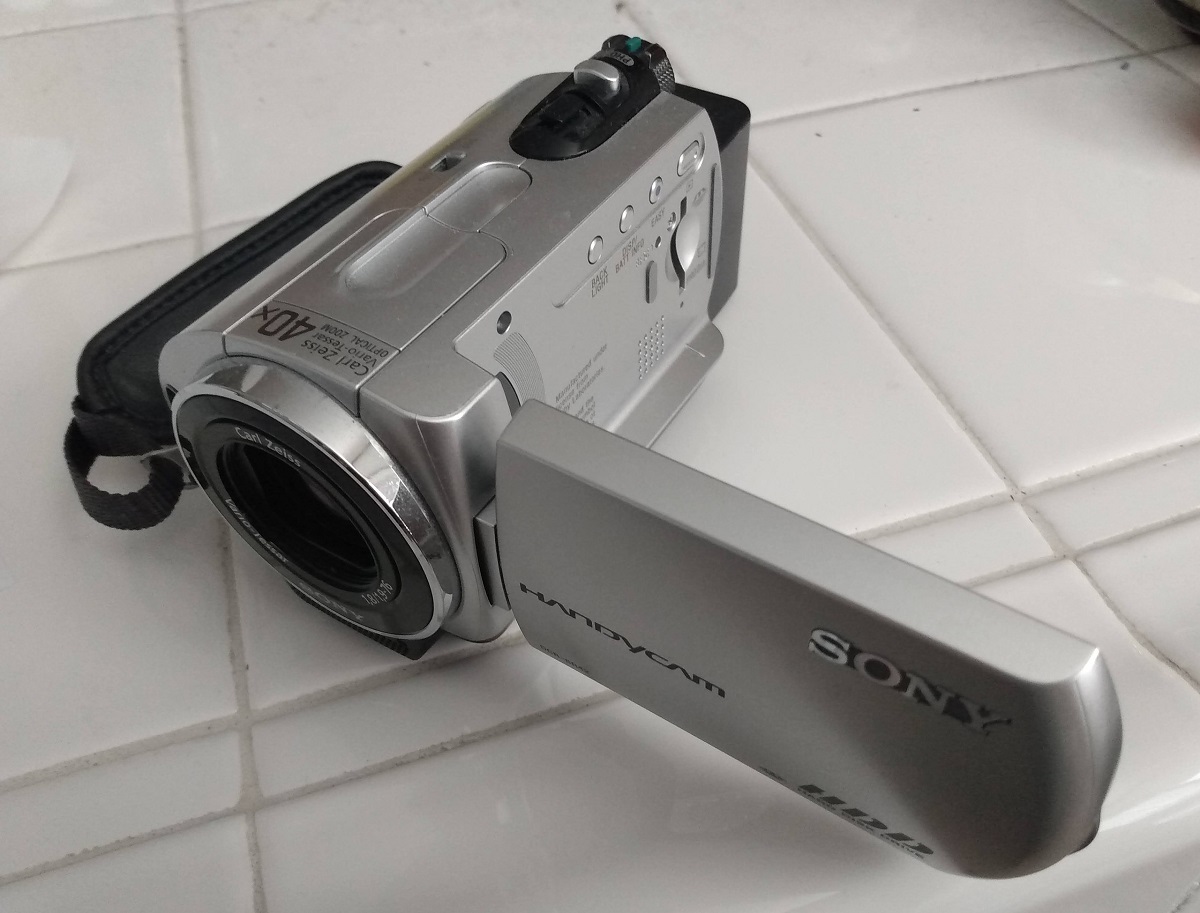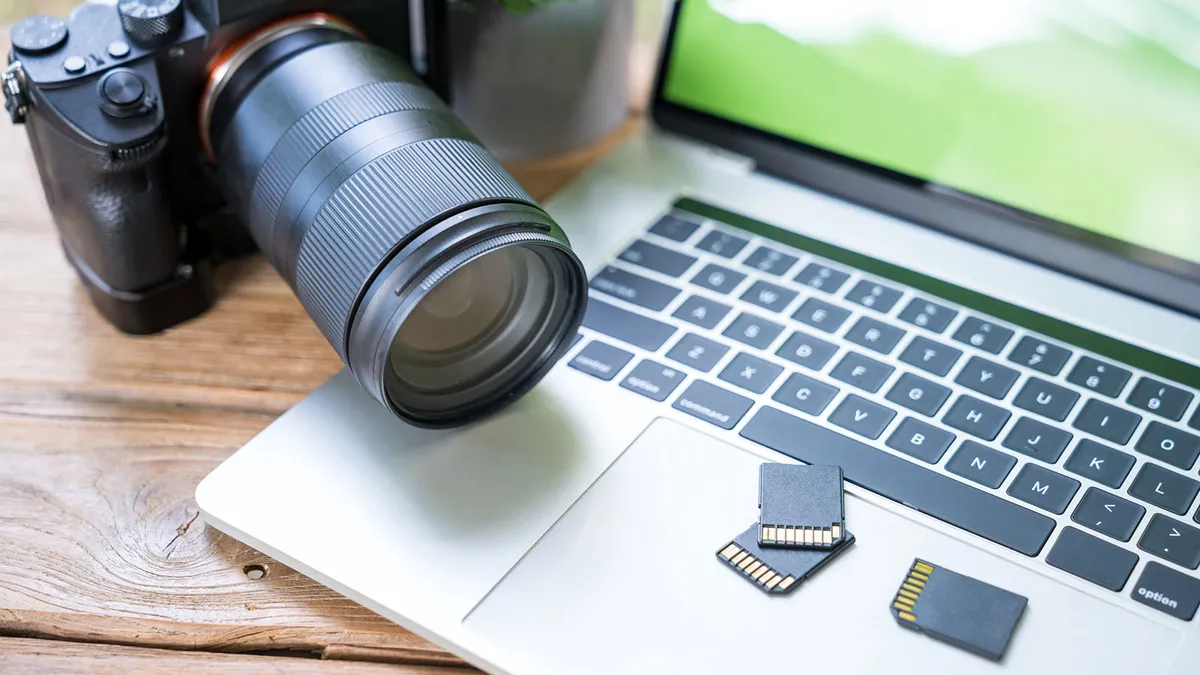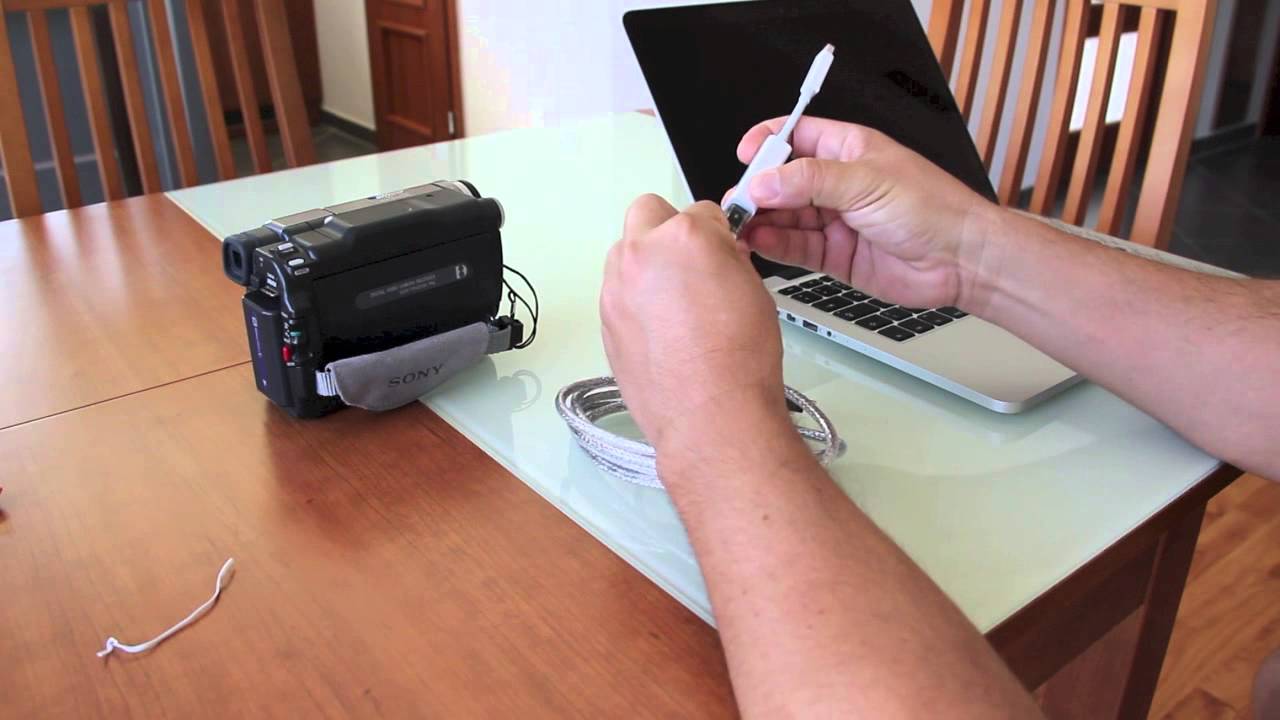Introduction
When it comes to capturing precious moments with your camcorder, having a reliable memory card is essential. Whether you're filming a family vacation, a school play, or a special event, the right memory card can make all the difference in ensuring that you never miss a moment. In this guide, we'll explore the ins and outs of using a memory card in your camcorder, from choosing the right one to recording and storing footage effectively.
With the rapid advancements in technology, the options for memory cards have expanded significantly, providing users with a wide array of choices in terms of capacity, speed, and compatibility. Understanding the nuances of these options is crucial for optimizing your camcorder's performance and ensuring that your footage is safely stored.
From selecting the ideal memory card for your camcorder to maintaining its performance for the long haul, this comprehensive guide will equip you with the knowledge and skills to make the most of your recording experiences. Let's delve into the world of memory cards and discover how to harness their potential to capture life's most treasured moments.
Choosing the Right Memory Card
When it comes to selecting a memory card for your camcorder, several factors come into play, each of which can significantly impact your recording experience. The first consideration is the card’s storage capacity, which determines how much footage you can capture before needing to transfer files or swap out the card. For casual users, a 32GB or 64GB card may suffice, while professional videographers may opt for higher capacities such as 128GB or 256GB to accommodate larger projects.
Equally important is the card’s speed class, denoting how quickly data can be written to the card. For high-definition and 4K video recording, a UHS (Ultra High Speed) Class 3 card is recommended to ensure smooth, uninterrupted footage capture. Additionally, considering the camcorder’s compatibility with SD, microSD, or other formats is crucial to avoid any compatibility issues.
Another vital aspect is the durability of the memory card, especially if you frequently record in challenging environments. Look for cards that are shockproof, waterproof, and temperature-resistant to safeguard your footage in various conditions.
Lastly, it’s essential to consider the brand and reliability of the memory card. Opting for reputable brands known for producing high-quality, reliable cards can provide peace of mind and minimize the risk of data loss.
By carefully evaluating these factors and understanding your specific recording needs, you can confidently choose a memory card that complements your camcorder and empowers you to capture memorable moments with ease.
Inserting the Memory Card
Inserting a memory card into your camcorder is a straightforward process that varies slightly depending on the model of your device. Before beginning, it’s crucial to ensure that the camcorder is powered off to prevent any potential data corruption or damage to the card.
First, locate the memory card slot on your camcorder. This slot is typically found on the side or bottom of the device, concealed by a small cover. Carefully open the cover to reveal the slot, taking care not to force it open to avoid any damage.
Next, take your memory card and identify the correct orientation for insertion. Most memory cards are designed with a notched edge or corner to ensure proper alignment. Align the card with the slot, gently sliding it in until it reaches a stopping point. It’s essential to avoid using excessive force during this step to prevent any damage to the card or the camcorder.
Once the memory card is fully inserted, close the cover securely to protect the card from dust, debris, and accidental ejection. Some camcorders may emit a subtle click or display a notification on the screen to indicate that the card is properly inserted.
Before powering on the camcorder, double-check that the memory card is securely in place and that the cover is closed. Once confirmed, power on the device and verify that the memory card is recognized by the camcorder. If the camcorder prompts you to format the card, it’s essential to follow the on-screen instructions to ensure compatibility and optimal performance.
By following these simple steps, you can seamlessly insert a memory card into your camcorder, preparing it to capture countless moments and memories with ease.
Formatting the Memory Card
Formatting a memory card is a critical step that prepares it for use with your camcorder, ensuring optimal performance and compatibility. While some memory cards come pre-formatted, it’s advisable to format the card in the camcorder itself to align with its specific requirements and file system.
To begin the formatting process, power on your camcorder and access the settings menu. Navigate to the “Memory Card” or “Storage” section, where you’ll find the option to format the card. Select the format option and follow any on-screen prompts to initiate the process.
It’s important to note that formatting a memory card erases all existing data and partitions, so it’s crucial to back up any important files before proceeding. Once you confirm the formatting action, the camcorder will begin the process, which may take a few moments to complete.
After the formatting is finished, the memory card is ready for use with your camcorder. It’s now equipped to store footage and data efficiently, with the file system optimized for seamless recording and playback. Additionally, formatting can resolve potential file system errors or fragmentation, ensuring that the card operates at peak performance.
Regularly formatting the memory card is recommended to maintain its health and longevity, especially after transferring files to a computer or using the card in different devices. By adhering to this practice, you can prevent potential data corruption and maintain the card’s reliability for future use.
By understanding the importance of formatting and following these simple steps, you can ensure that your memory card is primed for seamless integration with your camcorder, ready to capture and preserve your most cherished moments.
Recording and Storing Footage
Once your memory card is inserted and formatted, you’re ready to begin capturing unforgettable moments with your camcorder. Whether you’re documenting a family celebration, a scenic adventure, or a creative project, understanding the best practices for recording and storing footage is essential for preserving your memories.
Before initiating recording, ensure that the camcorder’s battery is sufficiently charged to avoid interruptions during filming. Additionally, consider adjusting the camcorder’s settings to optimize video quality based on your intended use, whether it’s high-definition recording, slow-motion capture, or low-light conditions.
When recording, aim to maintain a steady hand or utilize a stabilizing accessory to minimize shaky footage. Frame your shots thoughtfully, considering composition and lighting to enhance the visual appeal of your recordings. By experimenting with different angles and perspectives, you can add depth and creativity to your footage.
As you record, the camcorder will save the footage directly to the memory card, organizing it into manageable files for easy access. It’s advisable to periodically review your recordings to ensure that the content is captured as intended, allowing you to make adjustments or re-record if necessary.
Once you’ve completed your recording session, it’s crucial to handle the memory card with care to preserve the stored footage. Avoid removing the card while the camcorder is still writing data to it, as this can lead to file corruption. Additionally, store the memory card in a protective case or sleeve to shield it from physical damage and environmental factors.
When transferring the footage to a computer or external storage device, use a reliable card reader and follow safe ejection procedures to prevent data loss. Consider creating backup copies of your recordings to safeguard against accidental deletion or card failure, providing an extra layer of protection for your valuable content.
By adhering to these best practices for recording and storing footage, you can maximize the potential of your memory card and camcorder, ensuring that your cherished memories are preserved with clarity and precision.
Removing the Memory Card
When it’s time to remove the memory card from your camcorder, it’s essential to follow proper procedures to prevent data loss or damage to the card. Before initiating the removal process, ensure that the camcorder is powered off to avoid any potential data corruption.
Locate the memory card slot on your camcorder and carefully open the cover to access the card. Depending on the model of your device, there may be a small latch or button that needs to be pressed to release the card. Exercise caution to avoid applying excessive force, as this can cause damage to the card or the camcorder.
Once the card is released, gently slide it out of the slot, taking care to handle it by the edges to prevent smudges or fingerprints on the contacts. Avoid touching the metal contacts directly, as oils and debris from your fingers can impair the card’s functionality.
After removing the memory card, immediately place it in a protective case or sleeve to shield it from physical damage and environmental factors. Storing the card in a designated case also reduces the risk of misplacement and ensures that it remains readily accessible for future use.
It’s crucial to handle the memory card with care, avoiding exposure to extreme temperatures, moisture, or magnetic fields that can compromise its integrity. By safeguarding the card when it’s not in use, you can prolong its lifespan and maintain the integrity of the stored data.
Before storing the camcorder, ensure that the memory card slot cover is securely closed to protect the internal components from dust and debris. This simple precaution can prevent potential damage and maintain the overall functionality of the device.
By following these guidelines for removing and storing the memory card, you can preserve the integrity of your valuable recordings and ensure that the card remains in optimal condition for future use.
Tips for Maintaining Memory Card Performance
Ensuring the longevity and reliability of your memory card is crucial for preserving your valuable recordings and maintaining seamless functionality with your camcorder. By implementing the following tips, you can optimize the performance and lifespan of your memory card:
- Regular Formatting: Periodically formatting the memory card in the camcorder can help prevent file system errors and fragmentation, ensuring that the card operates at peak performance. It’s advisable to format the card after transferring files to a computer or using it in different devices.
- Safe Handling: Handle the memory card with care, avoiding exposure to extreme temperatures, moisture, and magnetic fields. Additionally, refrain from touching the metal contacts directly, as oils and debris from your fingers can impair the card’s functionality.
- Protective Storage: When the memory card is not in use, store it in a protective case or sleeve to shield it from physical damage and environmental factors. This practice reduces the risk of misplacement and ensures that the card remains readily accessible for future use.
- Backup Copies: Consider creating backup copies of your recordings to safeguard against accidental deletion or card failure. By maintaining duplicate copies of your valuable content, you can mitigate the risk of data loss and preserve your memories with added security.
- Compatibility Checks: Before using the memory card in different devices, verify its compatibility to avoid potential issues. Some devices may have specific requirements or limitations regarding memory card capacity and speed, so it’s essential to ensure seamless integration.
- Update Firmware: Periodically check for firmware updates for your camcorder, as these updates may include enhancements for memory card compatibility and performance. Keeping your device’s firmware current can optimize its interaction with the memory card.
- Avoid Overfilling: While memory cards offer ample storage capacity, avoid overfilling them to the point of near capacity. Maintaining a reasonable amount of free space on the card can contribute to smoother performance and prevent potential data fragmentation.
By incorporating these practices into your routine, you can uphold the performance and reliability of your memory card, ensuring that it remains a dependable asset for capturing and preserving your most cherished moments.









